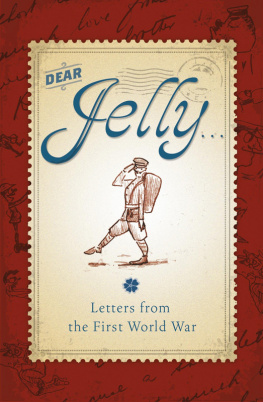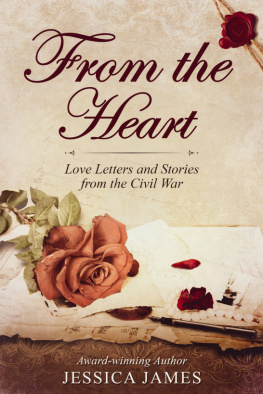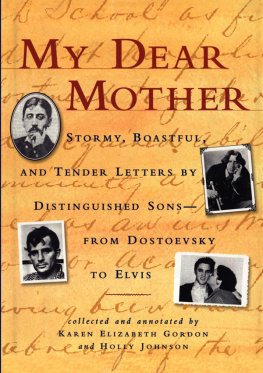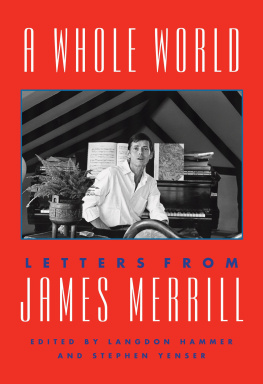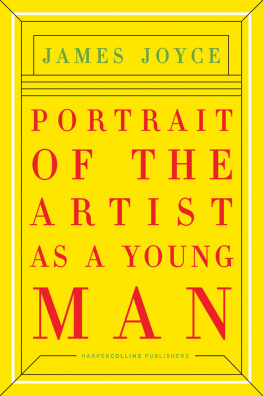
ALSO BY R. O. BLECHMAN
Talking Lines
Franklin the Fly
The Book of Jonah
The Life of Saint Nicholas
Tutto Esaurito
Behind the Lines
Onion Soup & Other Fables
No!
The Juggler of Our Lady
Dear James
Letters to a Young Illustrator
R. O. Blechman



Simon & Schuster
1230 Avenue of the Americas
New York, NY 10020
Copyright 2009 by R. O. Blechman
All rights reserved, including the right to reproduce this book
or portions thereof in any form whatsoever. For information
address Pocket Books Subsidiary Department, 1230 Avenue
of the Americas, New York, NY 10020.
www.SimonandSchuster.com
First Simon & Schuster hardcover edition October 2009
SIMON & SCHUSTER and colophon are trademarks of Simon
& Schuster, Inc.
For information about special discounts for bulk purchases,
please contact Simon & Schuster Special Sales at 1-866-506-1949
or business@simonandschuster.com.
The Simon & Schuster Speakers Bureau can bring authors to your live
event. For more information or to book an event, contact the Simon &
Schuster Speakers Bureau at 1-866-248-3049 or visit our website at www
.simonspeakers.com.
Designed by Jaime Putorti
Manufactured in the United States of America
10 9 8 7 6 5 4 3 2 1
Library of Congress Cataloging-in-Publication Data
Blechman, R. O. (Oscar Robert), date.
Dear James : letters to a young illustrator / R. O. Blechman.
p. cm.
1. Blechman, R. O. (Oscar Robert), dateWritten works. 2. Commercial
artVocational guidance. I. Title. II. Title: Letters to a young illustrator.
N6537. B563A35 2009
741.6dc22
2009005061
ISBN 978-1-4391-3687-4
ISBN 978-1-4391-4874-7 (ebook)
To Max
Dear James
January 20, 1984
Dear James,
Before commenting on the drawings you were kind enough to send me (or foolish enoughmy tremulous line can sometimes cut and draw blood), I feel compelled to comment on your name. James. That speaks well for you. Youve resisted the dreadful trend of reducing a perfectly good name to a sound bite. In going against the contemporary grain, in avoiding the crowd of Bobs and Bills, Tims and Toms, you have taken a different path than most people, and that is a good sign. All art worthy of its name has a counter look, has taken an errant path, one that others have not as yet takena path that a James might tread.
You write that you would like to become a professional illustrator. Beware. Your work will ultimately not be judged by your peers. Its an editor, not an art director, who wields the almighty thumb in the savage arena of journalism. And editors are not noted for their visual taste. In the relationship of editors to art directors, the latter are invariably the junior partners. The very title, illustrator, implies the rank of the image. An image serves the text, it merely illustrates it. (A curious reversal of these roles occurred in the late 19th, early 20th centuries with the Parisian art dealer and publisher Ambroise Vollard. He often commissioned artists to provide visuals, then hired writers for the texts.)
A while back I wrote of the unequal relationship between writer and illustrator, and I can do no better than to repeat myself. If a text read, Bill kissed Sally in the hammock as it swayed gently between the hemlocks, the illustrators job was to strictly render Bill kissing Sally in the hammock as it swayed gently (not vigorously!) between the hemlocks (not pines!). It was not for illustration to aspire to the status of literature, as Anton Chekhov described it: The moon reflected in a piece of glass at the bottom of a stream. Illustration was the moon, period. Or the glass, period. Nothing less, and nothing moreno reflections, no distortions.
That has changed. In the mid-fifties, a revolution occurred and a new word entered the vocabulary of commercial art. Concept. Illustrators asked themselves, Whats the idea behind the text? How can we express an idea, and express it in a novel, and maybe even a startling way, that will expand, or comment upon the text? In jazz parlance, a theme had become the occasion for a riff. Pranksters with our pens, we had become so many Charlie Parkers.
But the change was not entirely good. Our gain was also a loss.
The literal approach to text implied a literalness of technique and a high level of draftsmanship. There was great value in something well observed and carefully delineated. If the head and heart were often absent, there was something to be said for the presence of a hand.
Now, James, I have to pause and take a deep breath. It occurs to me that Ive done everything except what you wanted me to do. Talk about your work. So I will answer your question. Finally. Let me say, as an overall comment, without going into details and very simply, that I like your work. I like its modesty. I like whats not said that doesnt need to be said. You get your ideas across with just enough to feed the eye as well as the mind. You draw a jacket and there are no buttons, no cuffs, no collarbut there it is: a jacket that reads as a jacket, and satisfies as a drawing. Its simplicity shows respect for the viewer. You dont give more than what the mind needs, nor less than what the eye deserves. So bravo! Lets see more.
A final word. If you send your work to the magazines, you may be in for a shock. You may get a rejection note. The worst kind. A printed form. And probably you will be shattered. Shattered. We artists are hypersensitive, or we wouldnt becouldnt beartists. But dont, for Gods sake, do what I once didtry to find out if the signatures are real. They wont be. I used to get rejection slips from The New Yorker, but stubborn, or silly, me, I kept sending them stuff. Although oncehallelujah!I did receive a letter, a real one with a genuine signature. At least it looked genuine. I wasnt sure. So I gave it what I call the spittle test. I licked my finger and ever-so-gently touched the edge of the signature. And it smudged! The y in Geraghty smudged! It was the real thing! The art director of The New Yorker, William Geraghty (or Geraght), had written twenty-three-year-old me to say that I should send him more work. Of course I didnt. Why tempt fate when I had taken such a notable step up the career ladder?
But you may not get letters signed by art directors. You probably will get printed rejection slips. And as Ive said, you will be shattered. It may have been the

OXFORD S-I414
We regret that we are unable to use the enclosed material. Thank you for giving us the opportunity to consider it.
THE EDITORS
I
Look what escaped my trash basket!
third or fourth or thirteenth or fourteenth rejection slip that youve received, and you will think, No, Im not going to waste any more twenty-cent stamps (twenty times two! There are all those self-addressed and stamped return envelopes),
Next page

